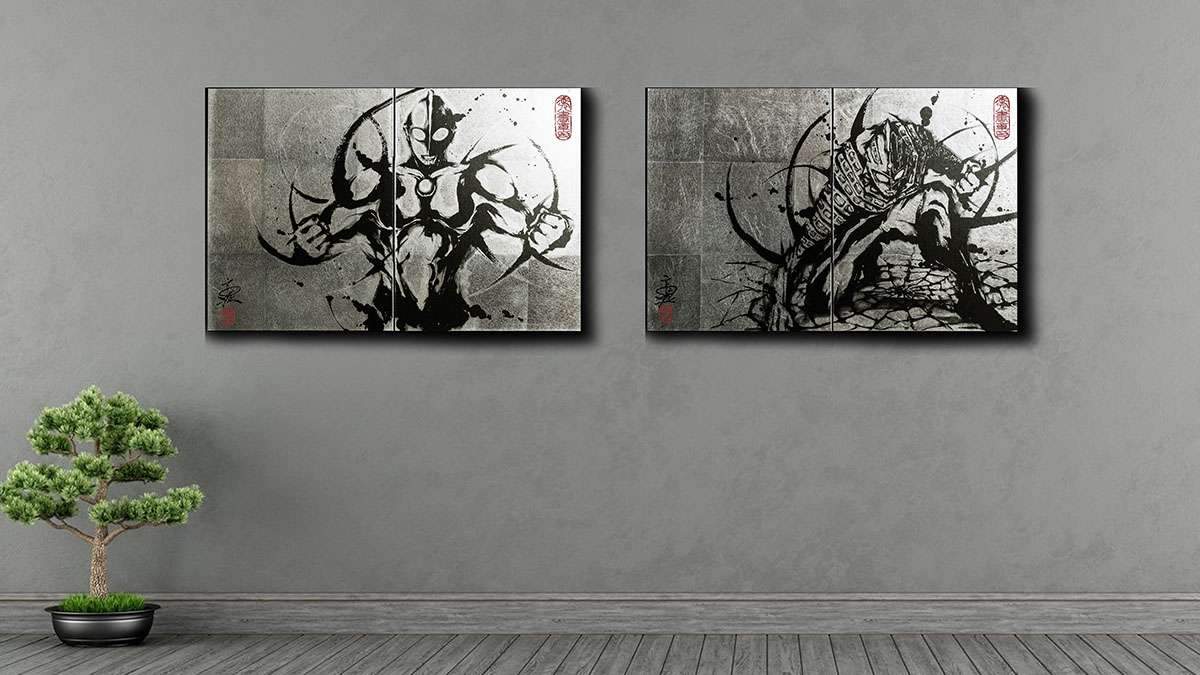free
Description

Verasitle, chic open shelving!
The quality of the materials and skilled craftsmanship make it strong enough to withstand even Japan's temperature and humidity changes for hundreds of years.
The coated surface is smooth to the touch, and the beautiful layers of wood grain unique to Tamo attract the eye.
The color is a refined and ancient color, but the open shelves give it a clean and smart impression.
It can be placed against a wall to open up the floor, or used in the center as a storage space or space divider, giving your life a new feel.
Information
| Manufacturer | Ominato Bunkichi Shoten |
|---|---|
| Country of origin | Niigata Prefecture, Japan |
| Technique | Woodwork |
| Material | Body: solid tamo wood Shelf: tamo veneer plywood flash structure Paint: urethane coating |
| Size | W47.24 * D15.75 * H53.15 in.(W120 * D40 * H135cm) |
| Weight | 28.66 lbs(13000g) |
| Capacity | 0 oz(ml) |
| Electronic Equipment | Packing size: W47.24 * D15.75 * H53.15 in. |
| Note | Load capacity per shelf 6.6 lbs H14.45 in. between shelves, W9.8 in. on both sleeves, W47.24 * D11.8 in. on shelves. Avoid unbalanced loads at both ends. |
| Delivery Time | 1-2 weeks (if out of stock + 1-2 weeks) |
Brand history and characteristics
How Japanese Products Can Be Such High Quality
Payment & Security
Your payment information is processed securely. We do not store credit card details nor have access to your credit card information.
![[SHELF] OPEN SHELF 1200 | WOODWORKING](http://en.thebecos.com/cdn/shop/products/s0025-025-1_{width}x.jpg?v=1690985677)
![[SHELF] OPEN SHELF 1200 | WOODWORKING](http://en.thebecos.com/cdn/shop/products/s0025-025-1_130x.jpg?v=1690985677)

